A retail media network is an advertising platform set up by retailers on platforms within their networks (i.e., websites, mobile apps, or other digital channels).
The purpose of a retail media network is to enable brands to advertise to customers and engage with users when they are nearing their purchase decision. In addition to Amazon, top retail media networks include Walmart, CVS, Target, Home Depot, and Instacart.
First it is imperative to understand your business goals and company KPIs, including customer lifetime value. Once you know your internal objectives and metrics, then you can analyze the competitive landscape and estimated search volume to determine the amount and cost of traffic.
You can estimate an initial test budget for each platform based on this data. However, the most accurate way to set budgets is to test into each platform and analyze incoming data.
Each retail media network will have a unique audience, purchasing behavior, demographic, and different competitors. Google's ad platform allows for much deeper audience targeting plus creative flexibility than most retail media networks.
The other key difference is scale - the Google ecosystem is significantly larger than even the biggest retail media network.
Yes, and it is recommended that companies evaluate both options (as well as other digital media networks like social media and Connected TV). The key is understanding where your audiences are engaged, and ensuring your company is active and present on key advertising platforms.
First, understand your company goals, objectives, and KPIs. Review historical performance for all active (and past) advertising campaigns and platforms. Next, you need to determine where your core audience can be found and prioritize those platforms. This will give you necessary ratios to split your ad spend across multiple channels.
Finally, you will want to test (ideally non-peak timing) advertising in each channel to determine which platforms deliver the best performance. Then you can optimize your ad spend and rebalance marketing dollars based on performance.
+ Can you advertise on Instacart?
Yes. Advertising on Instacart is indeed an option. It works like this: the online grocery delivery platform lets you choose what products to promote with your budget.
Like other ad platforms, you will only pay when users engage with your advertised products. You can review ad performance within the Instacart platform to ensure your products reach users at the right times.
+ What is Amazon advertising?
Amazon is one of the largest marketplaces on the web and offers advertising services similar to Google. This marketplace works similarly to Google's pay-per-click ads, in which sellers only pay when users click on their ads.
Advertising through Amazon brings excellent visibility to products and helps increase brand awareness. The Amazon platform provides valuable data on the user's buying habits and allows marketers to optimize campaigns to reach the right buyers.
+ What is Facebook marketplace?
Think of Facebook Marketplace as the classified section of the social media platform. This e-commerce side of the social media giant helps individuals and businesses buy, sell or trade items locally. Users with a Facebook account can contact sellers, arrange transactions, and easily purchase through Facebook Marketplace.








































